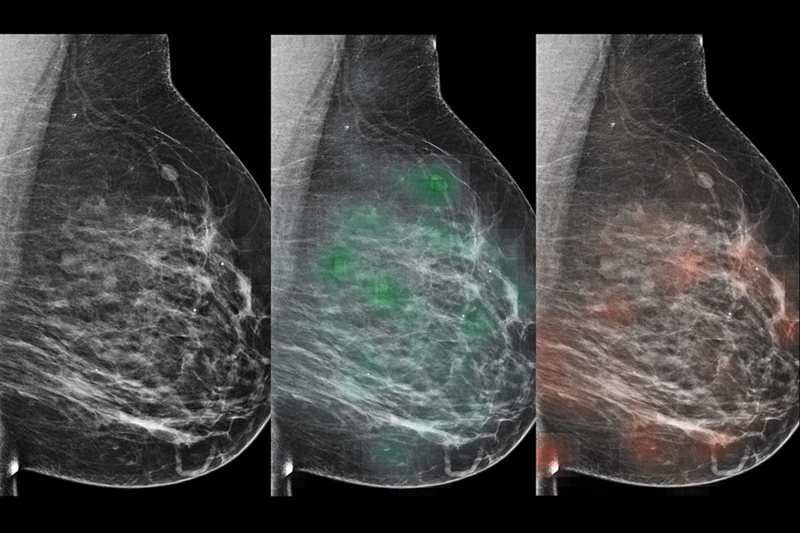Study Links Breast Calcification Status to Molecular Characteristics
 Researchers at Fudan University Shanghai Cancer Center have made significant strides in understanding breast cancer calcifications, particularly in hormone receptor-positive, HER2-negative tumors. Their findings, published in Cancer Biology & Medicine, offer new insights into the molecular profiles linked to these calcifications. Scheduled for release on April 9, 2024, this study could transform how we approach personalized treatment strategies in breast cancer.
Researchers at Fudan University Shanghai Cancer Center have made significant strides in understanding breast cancer calcifications, particularly in hormone receptor-positive, HER2-negative tumors. Their findings, published in Cancer Biology & Medicine, offer new insights into the molecular profiles linked to these calcifications. Scheduled for release on April 9, 2024, this study could transform how we approach personalized treatment strategies in breast cancer.
The study examined 316 breast cancer patients, categorizing tumors based on calcification status into calcification-negative tumors, tumors withp robably benign calcifications, tumors with calcification of low-moderate suspicion for malignancy and tumors with calcification of high suspicion for malignancy. Tumors with probably benign calcifications showed elevated hormone receptor expression, activation of the estrogen receptor pathway, enhanced lipid metabolism, and increased sensitivity to endocrine therapy. On the other hand, tumors with calcification of high suspicion for malignancy were associated with larger sizes, higher rates of lymph node metastasis, increased Ki-67 staining, genomic instability, and cell cycle pathway activation. These findings suggest that patients with highly suspicious calcifications might benefit from CDK4/6 inhibitors. By establishing links between calcification status and molecular characteristics, the research highlights the potential for precision treatment strategies tailored to individual calcification profiles, offering a significant advancement in the management of hormone receptor-positive, HER2-negative breast cancer.
Dr. Ding Ma, a leading researcher in the study, emphasized the transformative potential of these findings: "Our research links mammographic calcifications with specific molecular features, offering a novel pathway to tailored managements in hormone receptor-positive, HER2-negative breast cancer using readily available clinical imaging data. "
This study connects routine mammographic images with underlying molecular characteristics and treatment strategies, providing new insights into the stratified clinical management of hormone receptor-positive, HER2-negative breast cancer.